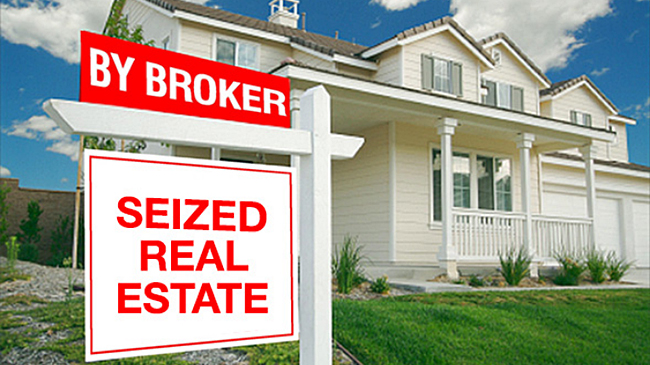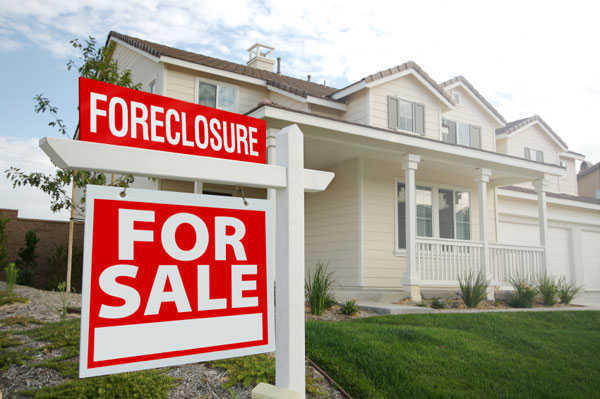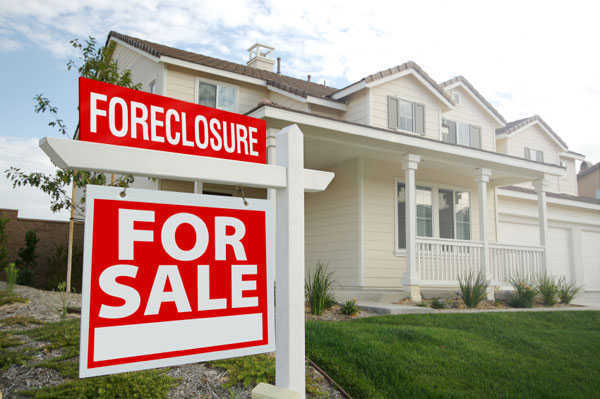

Will Bernie Sanders’ Nationwide Rent Control Dream Work?
With rent rates rising at growing speeds all around the United States, more and more tenants are demanding limitations on rent increase. Worse still, rent hikes are happening on an annual basis, making the housing market increasingly less affordable for the majority of those who make up its demand.
The idea of placing restrictions on rent increase by creating a nationwide rent control is becoming increasingly attractive to lower-income and middle-income individuals and families.
Bernie Sanders proposes a nationwide rent control policy
In September 2019, Democratic Party presidential candidate Bernie Sanders revealed a $2.5 trillion housing plan that encompasses plans to end homelessness with billions of dollars in investment, build mixed-income housing projects, repair public housing stock, establish community land trusts across the country, and of course, implement a nationwide rent control policy. To fund such plans, Sanders intends to implement a wealth tax on the top one-tenth of 1% of US households.
Sanders’ rent control proposal includes a nationwide cap on annual rent increase to 3% or one and a half times the inflation rate, whichever is higher. While rent control already exists in various states around the country, there are still numerous states with no current rent control legislation. These include Dillon states Pennsylvania, Alaska, Nevada, Vermont, New Hampshire, Virginia and West Virginia. And with Amazon ready to build its second headquarters in North Virginia, without rent control policies in place, local realtors Northern Virginia Home Pro have forecast condo rents to hike upwards considerably.
Why rent control is attractive
Basically, rent control places a limit on rent and rent increases. It is intended to target the poor, the elderly, and families. This price ceiling dictates the maximum amount of rent landlords can charge their tenants. Rent control varies per municipality and out of the 39,000 in the United States, only 182 have rent control policies in place. Most of these are found in big cities in New York, California, Washington D.C., and Maryland.
However, rent control is starting to attract legislators on a larger scale. California enacted a statewide rent control policy just late last year which restricts annual rent increase to 5% plus inflation. And before that, Oregon was the first to extend a rent control law throughout the state which restricts annual rent increase to 7% plus inflation.
In a statistical report by Apartment List, it is seen that rent prices have been increasing since 2014, with a 1.6% increase in the national rent index over the past year. In the same report, it shows that booming cities like San Francisco and Dallas are experiencing an affordability crisis. As the core cities drive job growth, rent spikes up not just in the metro, but also in the nearby suburbs.
On an international level, rent prices are also spiking up annually in bustling urban areas. In Canada, the rent increase is most felt in its two core cities: Toronto and Vancouver. These areas increased by 9.4% in 2019 and are expected to go up by another 3% this year alone.
Similarly, London’s rent is becoming more expensive each year, having gone up at 1.2% over the past year. And if it keeps rising, tenants living in London should expect to pay 15% more for rent by 2023. Despite this, a significant number of landlords are still looking for ways to cut costs due to changing tax rules and tougher legislative red tape.
A recent survey revealed 27% of UK landlords consider online letting agents to be a more attractive option for managing property than traditional agencies these days – with 31% of landlords considering going online to save more money.
Why there’s an opposition
Rent control seems to be working in cities like New York, San Francisco, and Washington D.C. where it is desirable for many Americans to live. However, only a small percentage of apartments are rent-controlled. In New York, less than 2% of the apartments are rent-controlled and only applied to apartment units built before 1947 with families living there since 1971. While family-specific rent control policies like that of New York protect existing tenants, economists oppose the idea of rent control.
The reason for opposition stems from an economic standpoint. Rent control policies can deter new construction and development in the area. Units in new buildings require the highest rent possible to make up for construction costs. However, rent-controlled or rent-stabilized residential buildings in the area offer stiff competition with their lower and controlled rates. This can drive away new tenants looking to rent in the area.
Another reason is the subpar living conditions that are normally associated with rent-controlled or rent-stabilized apartments. Landlords of buildings with rent control policies in place provide the bare minimum for both health and safety code standards, cutting costs to turn up revenue or even pay the bills.
With no budget for repairs and renovations, rent-controlled buildings often end up in deterioration. In addition, rent controlled neighborhoods often remain as low income neighborhoods due to rent control.
However, looking at the current rate of rent, it seems like the only way it’s going is up. Just last year, the median rent in the USA was $1,545, a 3.2% increase from 2018. And with rent prices rising so fast within a year’s time, more and more tenants are facing problems with housing affordability.
Some believe that rent control may be the layer of protection that tenants need against higher costs of living. However, those who believe in the laws of supply and demand suggest that the market will correct itself and rents will decline if the people in the community cannot afford it.
Author – Eric Jeanette owns Dream Home Financing and FHA Lenders. He provides consumers with the most up to date mortgage information and then helps them to find the lender that best fits their needs.







